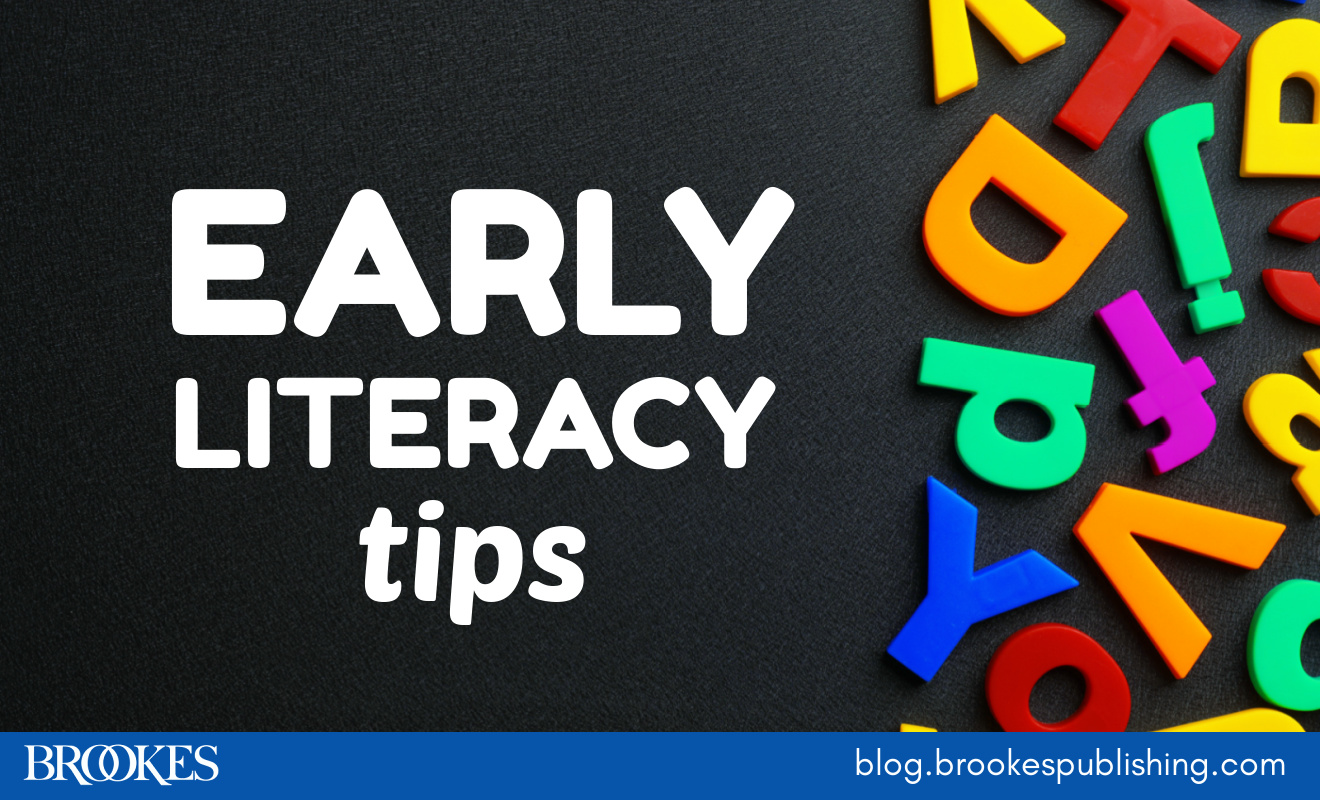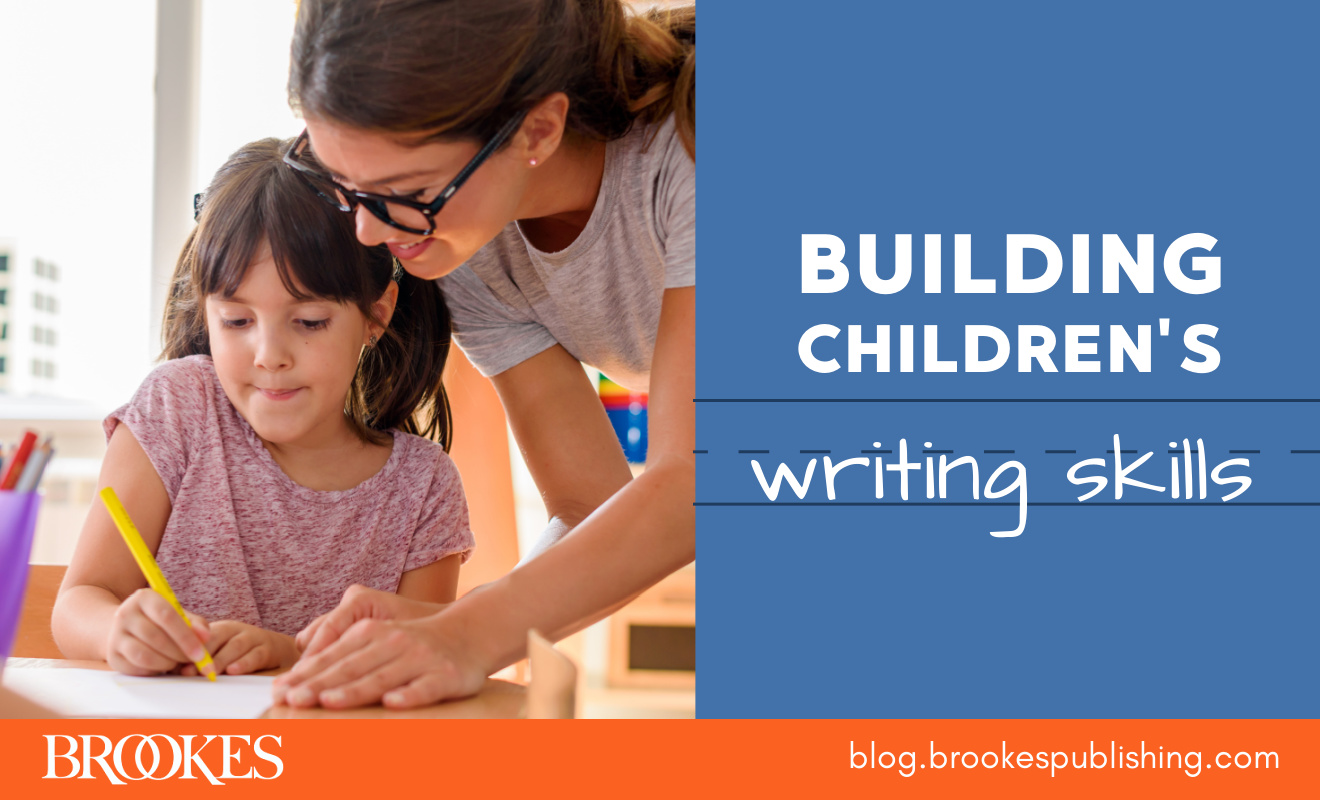Early writing skills are important to a young child’s kindergarten readiness. A great way to help young children develop and build on the skills they need for independent writing is to embed writing materials and fine motor activities in your classroom, across all daily routines and play.
Adapted from Volume 5 of the tiered AEPS®-3 Curriculum, today’s post offers some suggested interactions and materials for supporting early writing skills in young children:
- Place a sign-in sheet near the classroom door for every child to print, copy, trace, or find their name on when they arrive.
- Surround children with printed material throughout their environments. Point out the many ways writing is used daily in the classroom (through books, magazines, product labels, signs, etc.).
- Create labels for common items in the classroom to help children build connections between spoken and written language. Strengthen the home-school connection by encouraging parents to label items at home, too.
- Set aside a designated writing center in your preschool and kindergarten classroom. Be sure it contains diverse writing materials, including but not limited to ink stamps with letters of the alphabet, clipboards, dry erase boards, sandpaper letters, assorted kinds of paper, and various writing implements. (Read this post to learn about 4 Building Blocks of Great Literacy Centers in Inclusive Classrooms.)
- In addition to the designated center for writing, keep an interesting variety of paper and writing implements in the blocks and dramatic play areas and with the science and math materials. Encourage children to draw their creations, make building plans, plan menus and write receipts, and record findings from experiments.
- Spend time writing with children, and let them watch adults write. This is helpful in several ways: it models the importance of writing in daily life, and it demonstrates how to form letters. Even if a child cannot yet form letters, they can scribble-write to imitate your use of writing.
- Prompt children to discuss their drawing by saying “Tell me what you drew.” Then have them watch as you write to label the drawings with their descriptions.
- Offer stencils, word cards, name cards, and number cards that children can use while writing and drawing on various surfaces (paper, cardboard, dry erase board, chalk board).
- Encourage children to make their own books and then have them read their stories out loud to their peers.
- Pose a question of the day during circle time and encourage children to respond by writing their name next to the answer category that best matches their response. (Want more circle time tips? Get 14 strategies you can use right away in this post!)
- Provide a list of classroom activities during circle time and invite children to mark their preference by writing their name next to it.
- Position children in a stable, supported posture (seated or standing) while they engage in fine motor activities like writing. This helps them pay attention, control their hand movements, and manipulate writing implements.
Try the tips in this post to give children many opportunities to practice early writing skills throughout the day, and be sure to share your strategies with parents to help them continue the learning at home.
This post was adapted from Grisham, J., & Slentz, K. (Eds.). (2022). AEPS®-3 Volume 5: Curriculum—Ready. In D. Bricker, C. Dionne, J. Grisham, J. J. Johnson, M. Macy, K. Slentz, & M. Waddell, Assessment, Evaluation, and Programming System for Infants and Children, Third Edition (AEPS®-3). Brookes Publishing Co.
Stay up to date on the latest posts, news, strategies, and more!
Sign up for one of our FREE newslettersMore posts like this

11 Fun Animal Activities That Encourage Early Language & Literacy Skills
September 15, 2022
12 Essentials for Effective Early Language & Literacy Instruction
February 17, 2022


Write a Comment
Your email address will not be published. Required fields are marked *
Post a Comment